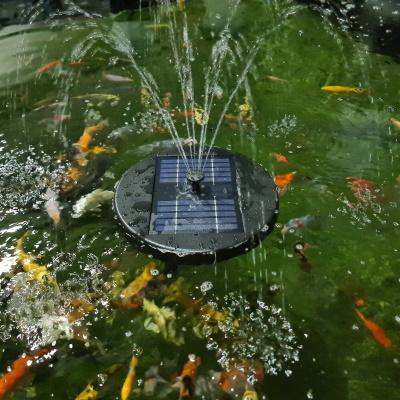The Importance of Wildlife Ponds and How To Build One

The Importance of Wildlife Ponds
Ponds are extremely valuable. Studies show that garden ponds account for up to 20% of all shallow-pond habitats; these habitats help to support populations of animals that are declining, meaning they are lifesaving. They provide great habitats for invertebrates, newts, grass snakes and frogs alongside attracting other wildlife such as snails, insects and birds. They can also act as focal points for your pond; providing a space for social interactions, a space for relaxation or a space of wonder for household members and guests alike.
Not only are wildlife ponds so important to your local areas wildlife, but they can be any size. From a bucket of water to a large pond with a bridge; this means they can be any price.
How to build a Wildlife Pond (Useful Blogs: Pond Building Guide)
Building a wildlife pond is extremely easy and requires very little investment. Firstly, you will need to follow the standard pond building guide that we have available on our website. This includes finding a location, deciding on a shape, levelling the pond off, laying your underlay and pond liner, adding water, and adding your pond edging.
The only step you will not need to complete is adding equipment; wildlife ponds do not require filtration and should be left alone where possible. This is so that natural life can develop and grow, creating a chain reaction which will encourage larger wildlife (like birds) to visit.
If you would like to add an optional piece of equipment, then a small Solar Pump can help to keep the water from going stagnant, aerate the pond and provide a small aesthetic. This will not disturb your wildlife and will help to keep the water fresh, which will encourage wildlife to visit.
.jpg)
Pond Plants (Useful Blogs: Pond Plants)
All wildlife ponds should have some plant coverage. Not only do plants add to the aesthetic of the pond, but they also aerate the water and prevent algae blooms. This helps to keep the water clear and provide a healthy habitat for the multitude of wildlife that will be using your pond. Here at Pondkeeper, we sell a wide variety of plants and planting equipment.
Broadly, pond plants come in three categories: deep-water plants, shallow-water plants, and wetland-edge plants. You should consider each of these zones when planting. Plants will always have a maximum depth displayed on their label and they will clearly indicate where in the pond they should be placed.
How to attract Wildlife
Wildlife will naturally gravitate to a source of water for a drink, to bathe, for food or to breed. But there are ways to encourage wildlife to gather round your pond.
• You should have a gradual slope, so wildlife can get in and out of the water; or a ramp covered in chicken wire can help if you do not have a slope.
• Grow some plants so that small wildlife can hide from predators.
• Position a few rocks or logs half in the water and half out, to allow frogs and toads a point where they can rest and breath. A lily pad will also do this and it will be a beautiful addition to your pond.
• Allow grass to cover the edge of the pond and introduce aquatic plants; this will encourage Newts to visit. They will lay their eggs amongst the plants and so your pond will become a breeding ground for them.
• A wildlife pond should not contain fish; as they may eat other pond life.
Wildlife Animals: (Useful Blogs: Pond Snails, Water Quality)
Ponds will attract a whole host of wildlife; please see below for a small list of the wildlife you may see around your pond.
• Protozoa – These are tiny life forms which are brought into your pond as eggs on plants or by being blown through the air. These generally help to clear organic waste in your pond, keeping it clear.
• Crustaceans – These are copepods (like small crabs) which help to remove algae from the pond.
• Bloodworms – These are visible to the naked idea and their name is derived from their colour. They pose no harm to your pond and they are a sign of a healthy pond.
• Mosquitos – If your wildlife pond has still water that is stagnant, you will see Mosquito larvae develop in your pond. They aren’t as scary as people make out; half of their larvae develop into non-biting males and the females often leave the pond for nectar.
• Newts – As Newts often breed around your pond in late spring, you will likely see these start to breed and develop. They also feed on bloodworms, so they might even visit for a snack!
• Snails – They can travel into your pond through new plants or from a neighbour’s pond, nearby rivers or wetlands. They will help to remove algae and blanketweed from the pond but having a lot of snails can signal that your water quality is poor.
• Birds – Over time, you will see birds drop to your pond for a drink, a bath or even for a snack on the bloodworms that are present. They are not harmful and are often a beautiful addition to every pond.
We hope this both helps, and encourages, you to build a small wildlife pond in your garden. But if you have any queries, please do not hesitate to contact us.